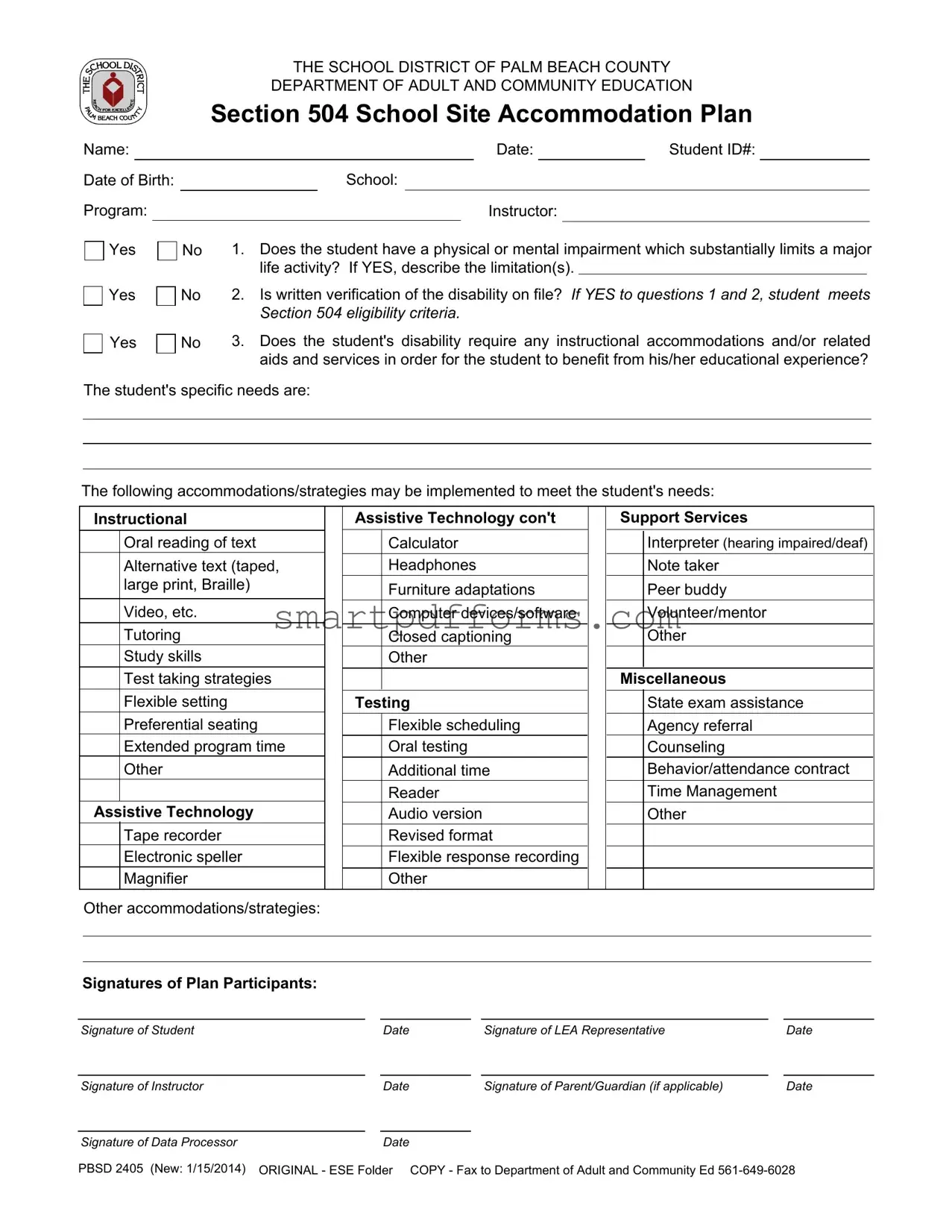Ensuring that every student has access to education tailored to their unique needs forms the cornerstone of inclusive teaching. Central to this mission is the School 504 Plan, a critical document that emerges from the intersection of educational policy, disability rights, and personal advocacy within the Palm Beach County School District. This plan serves as a written commitment from schools to provide the necessary accommodations and services enabling students with disabilities to participate fully in their educational programs. By asking key questions about the presence of a disabling condition that significantly affects major life activities, the existence of documentation verifying the disability, and the need for specific educational accommodations or aids, the 504 Plan outlines a clear path for eligibility and support. Accommodations may range widely, encompassing instructional assistance, assistive technologies, support services, and modifications to educational settings and testing formats, ensuring that education is accessible and equitable. The collaborative nature of the plan is underscored by the requirement for signatures from the student (if applicable), a local education agency representative, instructors, and parents or guardians, marking a united effort to support the student’s educational journey. This document, formally recognized and updated as of January 15, 2014, stands as a testament to the ongoing efforts within Palm Beach County schools to adapt and respond to the diverse needs of their student population, ensuring that every child is prepared for success not just in school, but in life.

